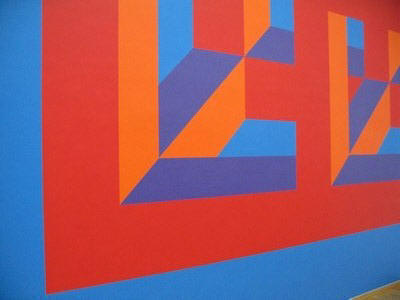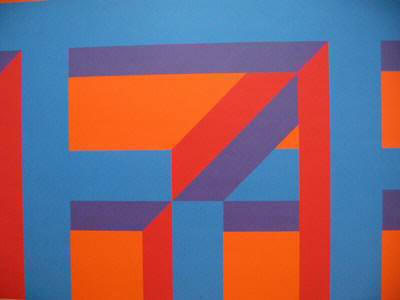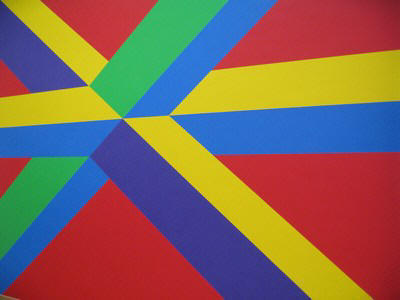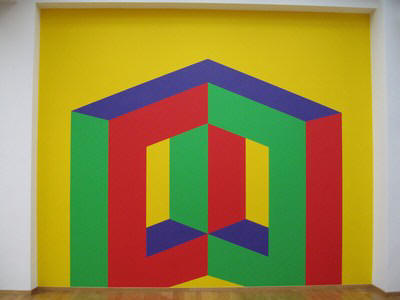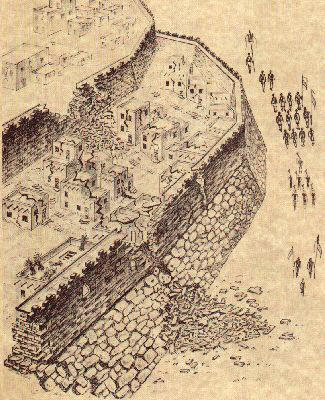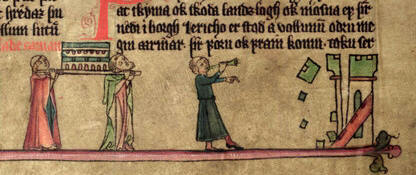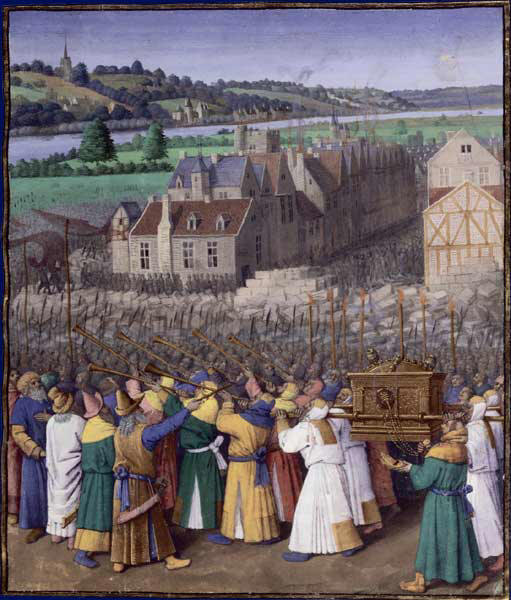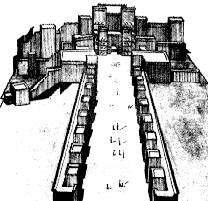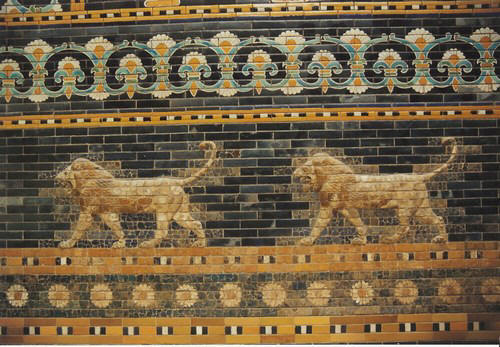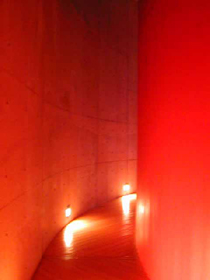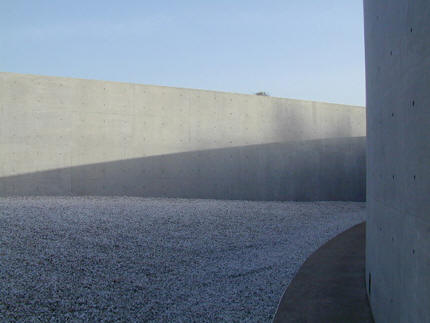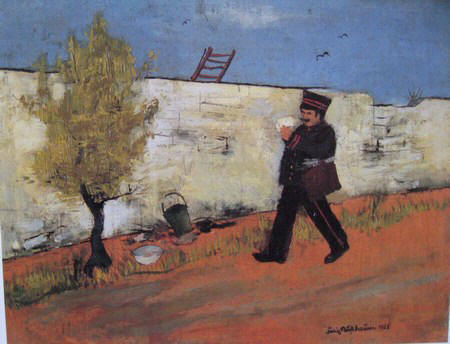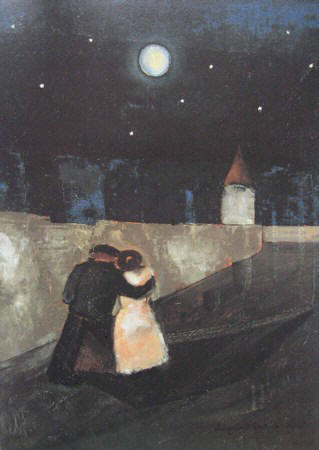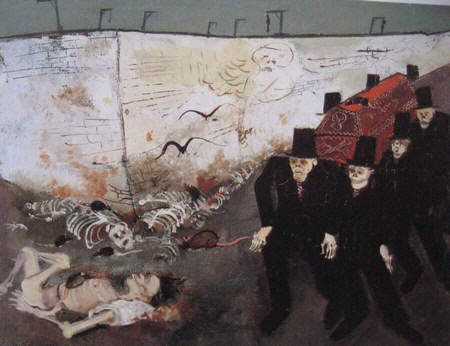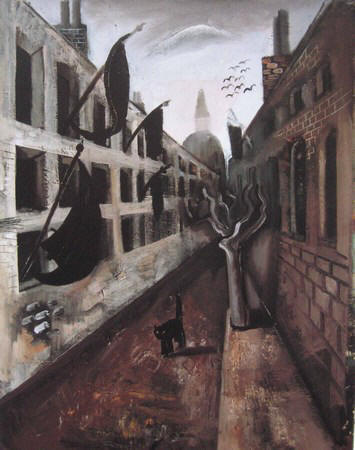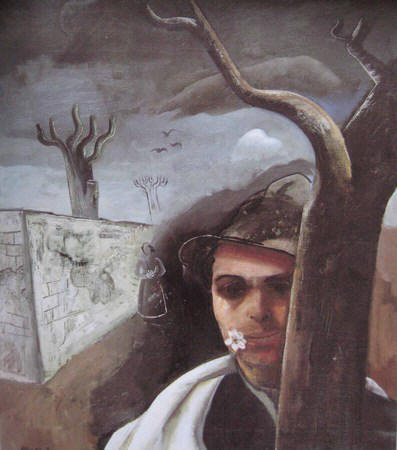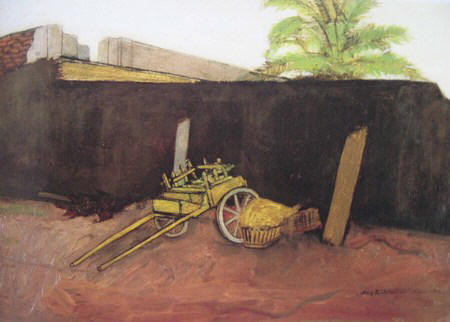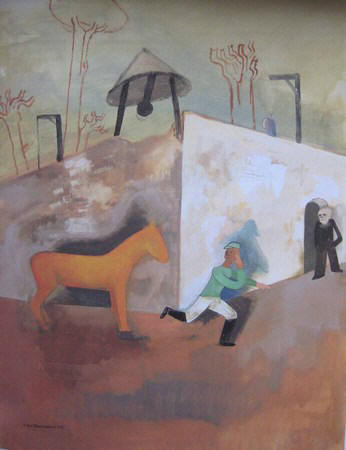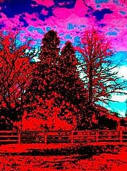
Cedar Gallery
Home
|
Cedar info |
News |
Contact |
![]() Dutch
Dutch

'Obstacles don't have to stop you. If you run into a
wall, don't turn around and give up. Figure out how to climb it, go
through it, or work around it.'
-Michael Jordan (basketball player, 1963,
America)
|
|
|
|
|
|
|
|
|
|
The Chinese
Wall
-
Poetry on walls -
The Great
Wall of Gorgan -
Walls
- Murals
-
Hadrian Wall
- Frescoes
-
Another Brick in the Wall -
The Iron
Curtain -
Sol LeWit -
Graffiti -
video 'Rotating
outer Wall' -
The Wall of Jericho
- Babylon
- Tadao Ando
- Walls of Felix Nussbaum |
|
The Great Wall of China
The Great Wall of China was
built over 2,000 years ago, by Qin Shi Huangdi, the first emperor of
China during the Qin (Ch'in) Dynasty (221 B.C - 206 B.C.). In Chinese
the wall is called "Wan-Li Qang-Qeng" which means 10,000-Li Long Wall
(10,000 Li = about 5,000 km).
|
|
|
|
|
|
|
|
|
|
|
|
|
|
|
|
|
|
Dating
"If we assumed that the forts were occupied
as densely as those on Hadrian's Wall, then the garrison on the
Gorgan Wall would have been in the order of 30,000 men. Models,
taking into account the size and room number of the barrack
blocks in the Gorgan Wall forts and likely occupation density,
produce figures between 15,000 and 36,000 soldiers. Even the
lowest estimate suggests a strong and powerful army, all the
more remarkable as our investigations focused just on 200km of
vulnerable frontier, a small fraction of the thousands of
kilometres of borders of one of the ancient world's largest
empires." |
|
|
|
|
|
|
|
|
|
|
|
|
|
|
Murals today are painted in a variety of
ways, using oil or water based media. The styles can vary from
abstract to trompe-l'il (a French term for "fool" or "trick the
eye"). Today, the beauty of a wall mural has become much more
widely available with a technique whereby a painting or
photographic image is transferred to poster paper which is then
pasted to a wall surface. |
|
|
|
|
|
|
|
|
|
|
|
|
This
file
is
licensed
under
the
Creative Commons
Attribution ShareAlike 2.5 License.
In
short:
you
are
free
to
share
and
make
derivative
works
of
the
file
under
the
conditions
that
you
appropriately
attribute
it,
and
that
you
distribute
it
only
under
a
license
identical
to
this
one.
Official
license |
|
|
|
|
|
|
|
|
|
|
The Wall, Berlin 1988 Photo's: alywagenvoorde |
|
|
|
|
|
|
|
|
|
|
|
|
|
|
|
|
|
|
|
|
|
|
|
|
|
|
|
|
|
|
|
|
|
|
|
|
|
|
The story of the walls of Jericho is the
story of how the Israelites have been lead out of the slavery in
Egypt by Moses. Moses leads them to the promised land. They
wander in the wilderness for forty years, before they finally
enter the promised land of Canaan (Israel). |
|
|
|
|
|
Jean Fouquet, Taking of Jericho |
|
|
|
Procession road Babylon (now in Pergamonmuseum,
Berlin), |
|
|
|
|
Water Temple (Shingonshu Honpukuji), interior The Temple, originally for the Shingon Buddhist Sect, is approached from a long uphill path traversing the original temple compound and cemetery.
|
Water Temple (Shingonshu Honpukuji)
One is then
directed, indirectly, through a simple series of two gesturing
white-washed concrete walls of light and shadow that eventually lead
one to what seems like a pool of water. The pool itself is filled to its
outermost perimeter, forming a boundless horizon line about which it
infinitely reflects its surroundings of mountains, sky, rice paddies and
bamboo groves. The stillness of the water has a meditative effect and
perhaps implications of a spiritual cleansing. |
|
In his work the German-jewish artist Nussbaum
(1904-1944) reflects directly on the dramatic events in the
years preceding World War II. Hitlers grab for power in 1933
leads to the end of the study stay of Nussbaum in Rome. A number
of apocalyptic paintings clearly show his desperation and the
sense of foreboding doom.
Felix Nussbaum painted many paintings with a
wall on it. There are a number of examples between the Dutch and
the English text. |
|
|
Felix Nussbaum, Postman, 1928
|
Lovers, 1928, Berlin |
|
|
Desolate street, 1928 |
|
Selfportrait with apple
blossom, 1939 |
Felix Nussbaum (1904-1944)
|
|
Wall in Rome, 1932
|
Horseman and death, 1935 |
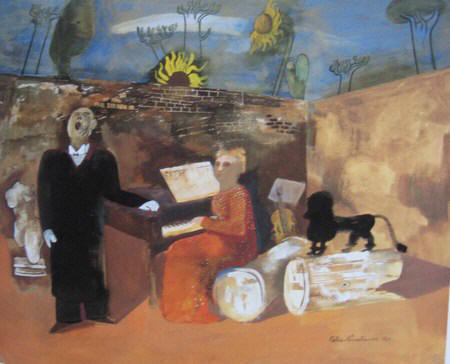 The comic concert, 1935 |
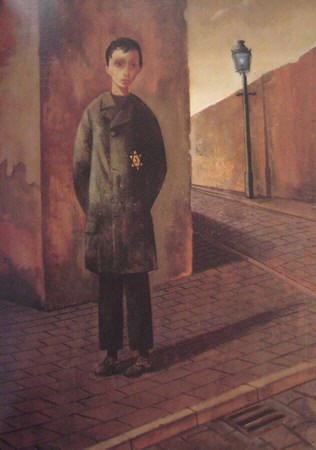 Jaqui in the street, 1944 |
|
More walls on the Dutch section. Click HERE. |
|
| top | |
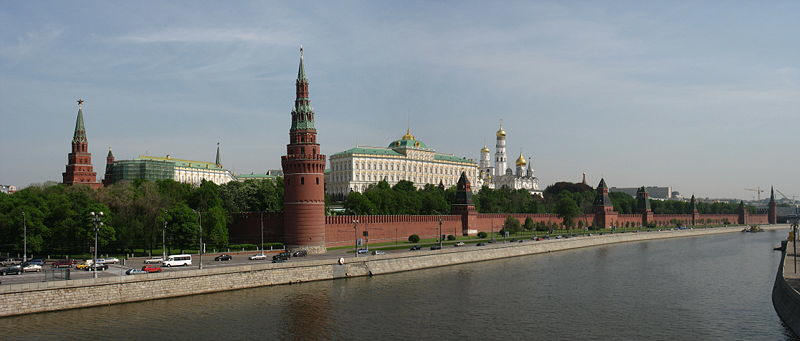
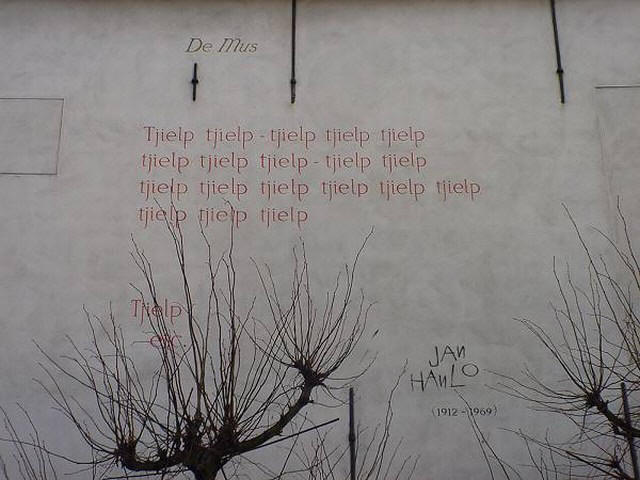 Jan Hanlo, 'De Mus' (The Sparrow)
Jan Hanlo, 'De Mus' (The Sparrow)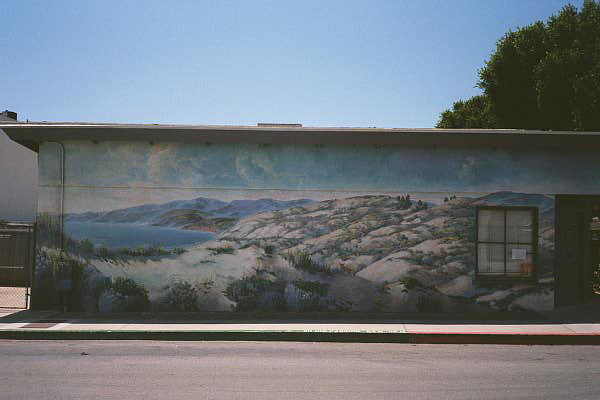
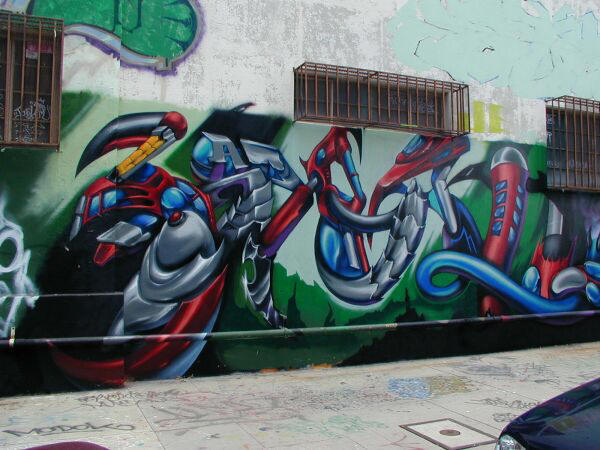
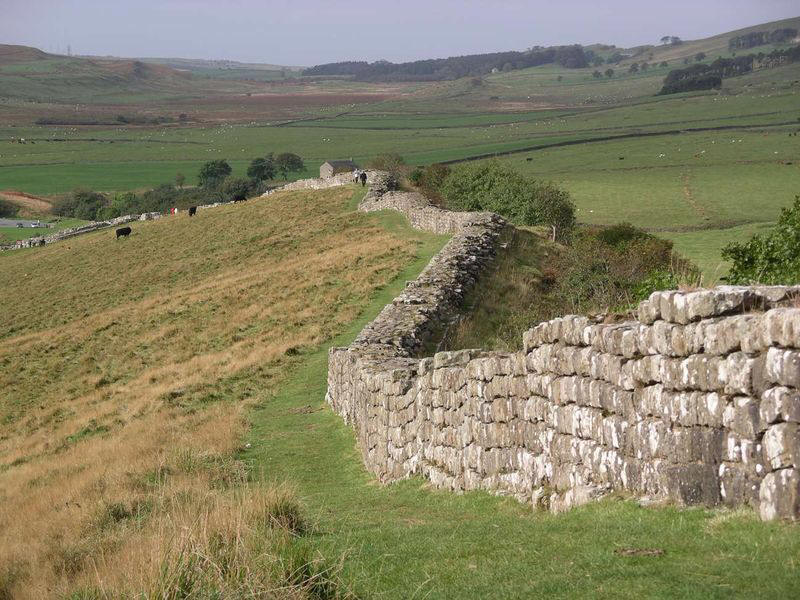
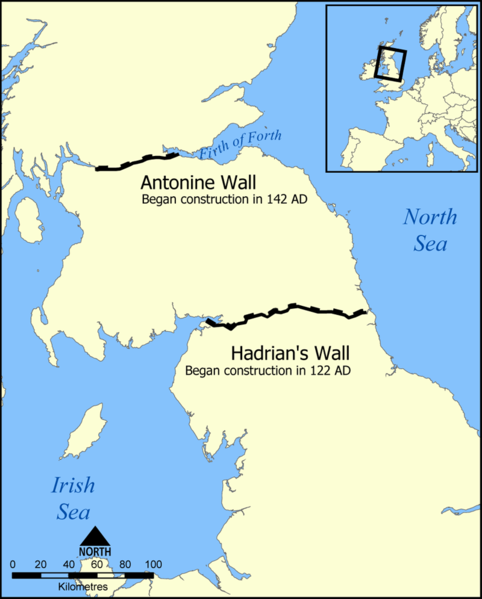
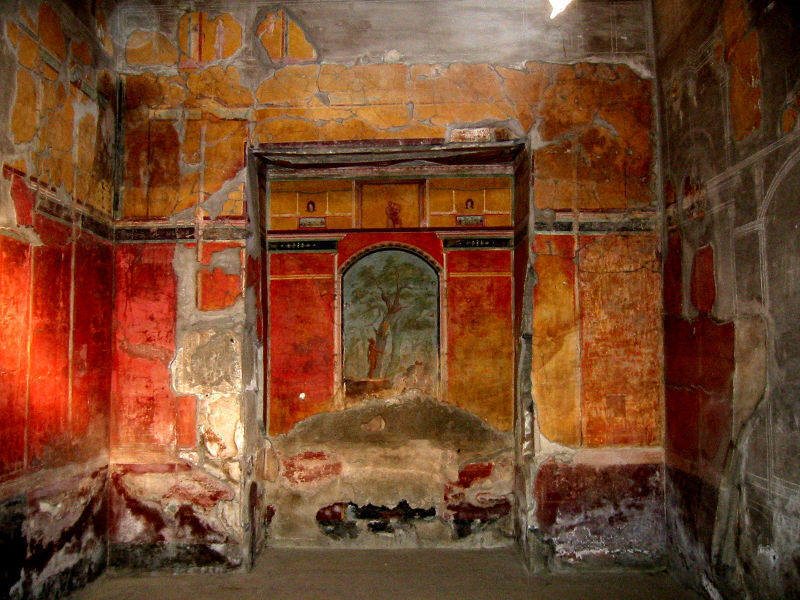
,%20Cappella%20Scrovegni%20a%20Padova,%20Life%20of%20Christ,%20Lamentation%20(fresco).jpg)
%20in%20the%20Stabian%20Baths%20at%20Pompeii%20in%20Italy.jpg)
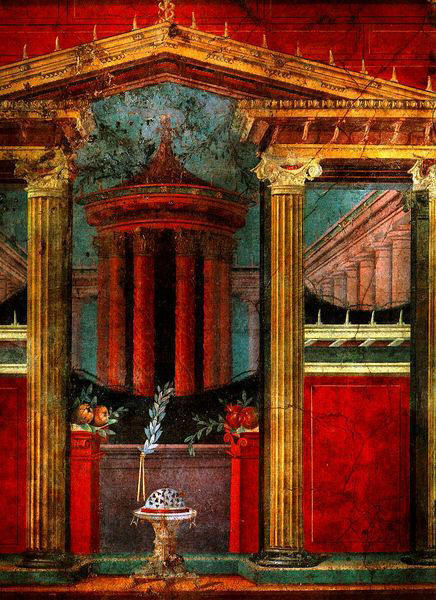
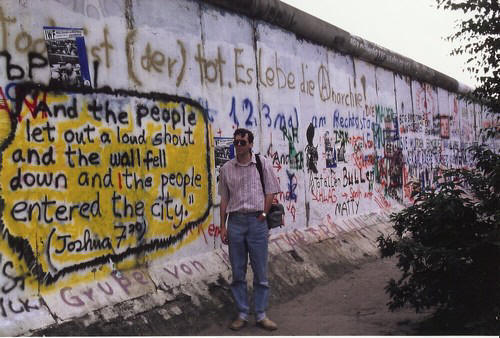
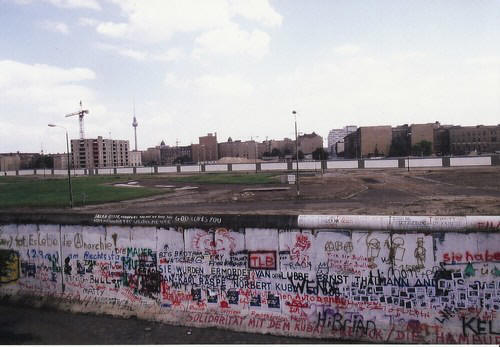
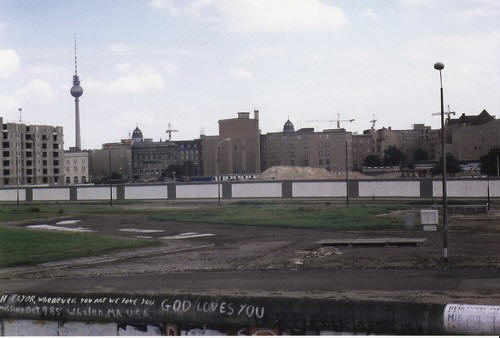
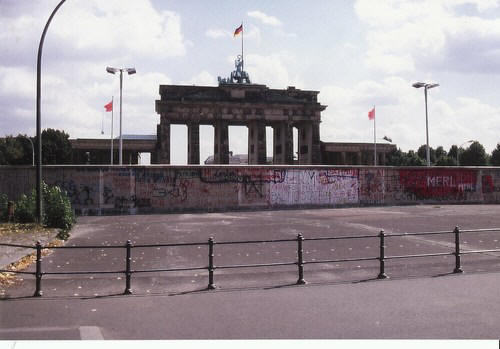
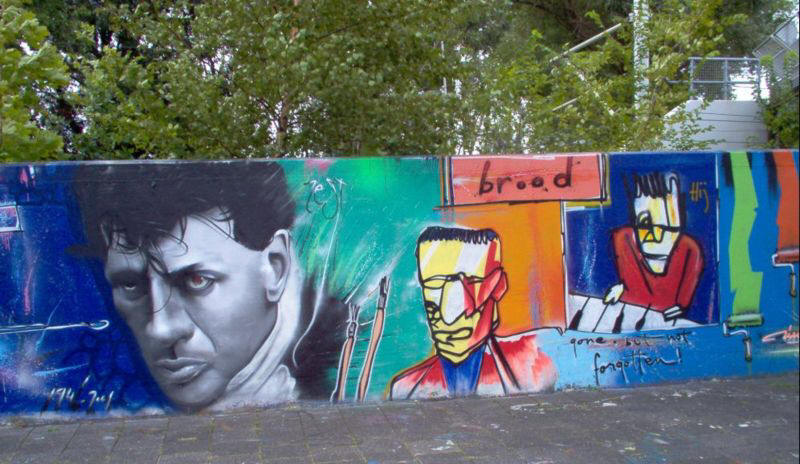
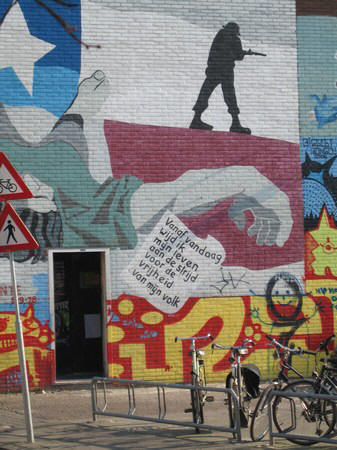
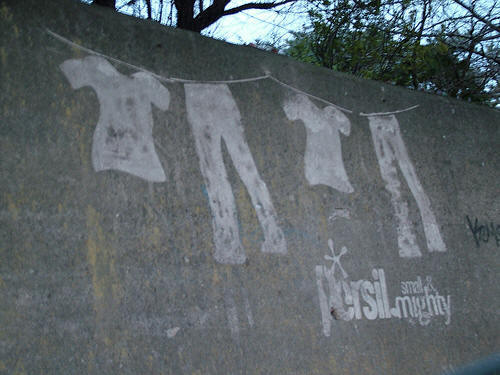
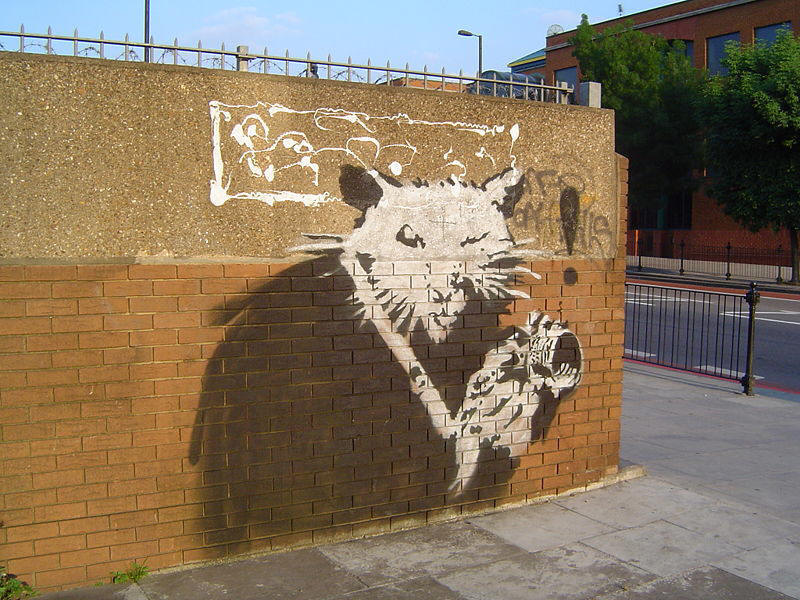
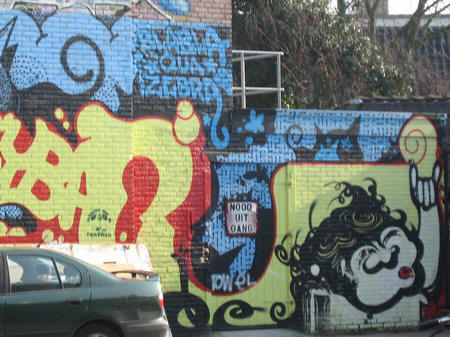
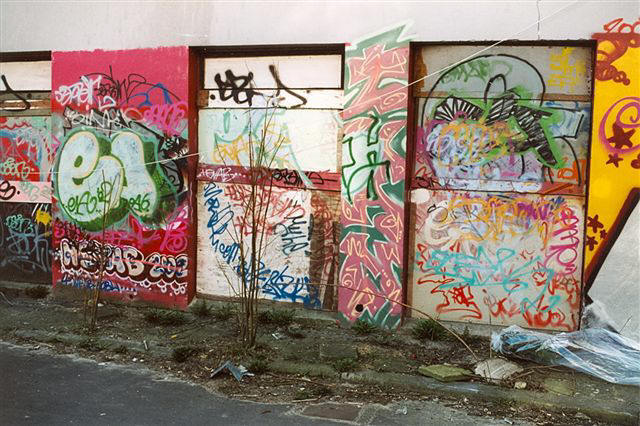
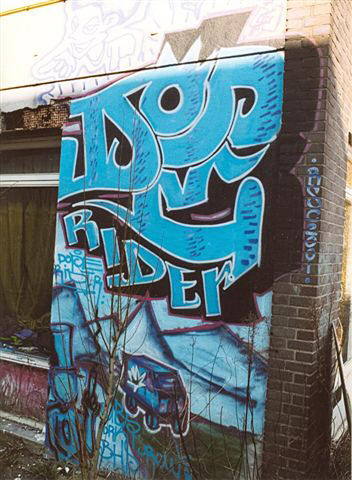
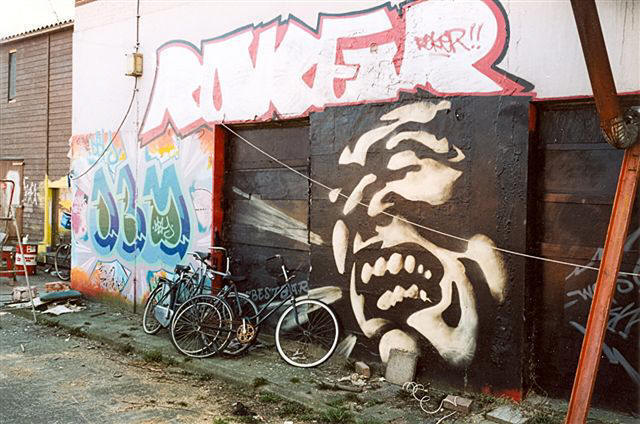
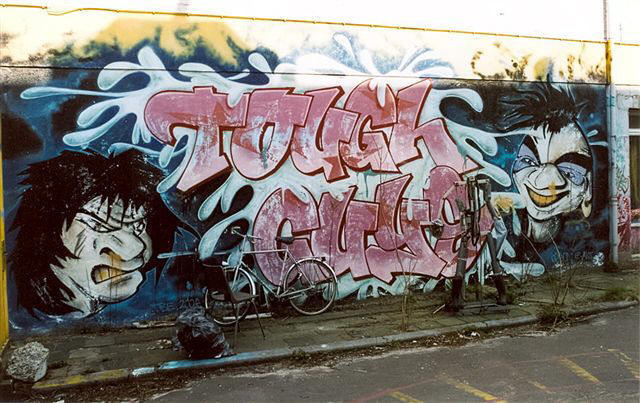 graffiti photos © janblaauw
graffiti photos © janblaauw